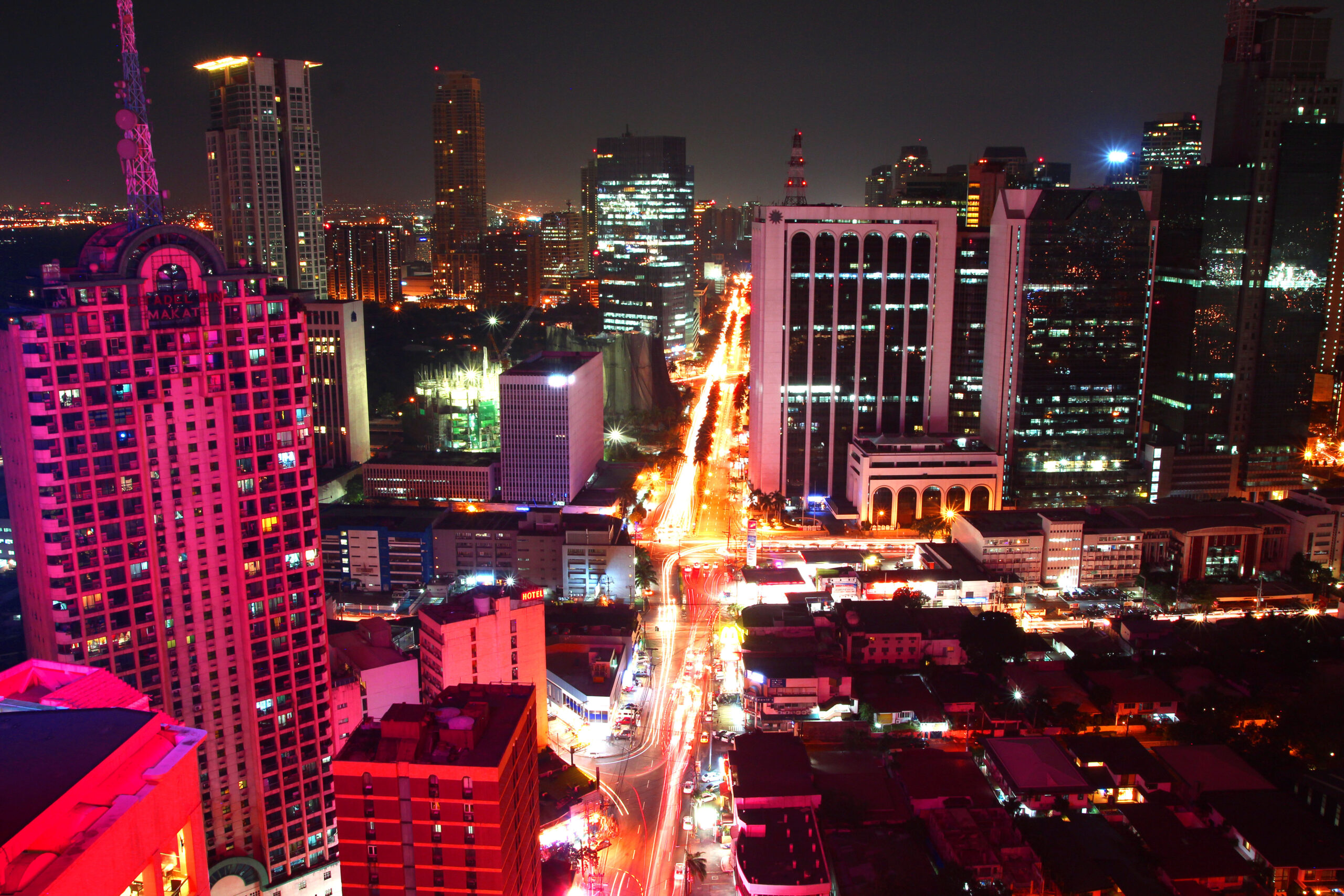Climate change activist and former US Vice President Al Gore made a surprise visit to the Philippines, particularly, in Tacloban City to meet the victims of super typhoon Yolanda (international name Haiyan) and for the training of more than 700 climate advocates from all over Asia who converged in Manila for the “Climate Reality Leadership Training Corps” last March 14 to 16.
During his lecture, Gore, who won a Nobel Peace Prize in 2007 for his efforts to raise awareness about climate change, warned that at least 13.5 million Filipinos might have to relocate to higher elevations due to rising sea levels which will be faster in the Philippines than in the rest of the world.
“The rate of sea level rise is projected to be two or three times faster in the Philippines,” said Gore. “Why is that, you will ask? Because about half of the current sea level rise comes from the warming of the oceans. It’s something called thermal expansion. When the oceans get warmer, the molecules spread out. And since they’re getting warmer faster around the Philippines than just about anywhere else on earth, the sea level is increasing faster here,” he added.
Gore also warned that the world will continue to experience extreme weather events such as record-breaking storms and intense droughts if countries do not work together to lessen greenhouse gas emissions.
Two days earlier, the former US Vice President visited ground zero in Tacloban, Leyte which suffered the greatest damage from the onslaught of Typhoon Yolanda, killing over 6,000 people when it hit the Philippines in 2013.
“One of the secrets of the human condition is that suffering binds us together,” Gore was quoted in a Rappler report. “When I was there, it really hit me very hard, talking to the survivors and hearing some of the heart-wrenching stories. My gosh, what suffering. I was very deeply impressed by the strong spirit, the resilience, the commitment to rebuild and to renew lives,” he added.
Clean energy development vs. coal-fired power plants in the Phl
According to a GMA report, Gore said that because of super typhoon Yolanda, the government had the “moral authority” to take a leadership role in helping the world shift its heavy reliance on coal to renewable energy. He added that it was “not smart” to build new coal plants and encourage the government in investing more in renewable energy such as solar, wind, and geothermal energy.
“The age of revolution is beginning. Renewable energy is all good except coal companies do not like it,” Gore said.
Based on a Philippine Daily Inquirer report, the Aquino administration has approved 21 new coal-fired power plant projects in the past five years despite its commitment to reduce carbon emissions.
One of the challenges facing the Philippines is its heavy use of coal, said Senate Climate Change Committee Chair Senator Loren Legarda.
“Cities will not stop from growing, but they need to find more sustainable and efficient ways of providing and using energy. Economic growth and boosting energy security, however, need not compromise the world’s future,” said Sen. Legarda during the three-day training.
“Clearly, the development we saw these past decades did not deliver us from the great economic divide that separates us from the more affluent countries. It has only drawn us closer to the menacing uncertainties of climate change. There is, however, one indisputable fact in all of these–the power sector has become one of the largest toxic polluters in the world,” the Senator added.
Last December, the Philippines led the effort to push for a lower 1.5-degree cap against global warming at COP21 in Paris and urged world leaders to sign the Paris climate agreement in New York on April 22.
The agreement, once signed, takes effect in 2020. The deal requires at least 55 countries representing at least 55 percent of global emissions to ratify it first.
Nearly 200 countries agreed to cut greenhouse emissions in order to limit the rise in global temperatures in the recently concluded COP21 summit in France.
By VIA BAROMA

Gore urges Phl fight against coal plant expansion
Published on April 3, 2016
This post was last updated on March 26th, 2020 at 03:00 pm






